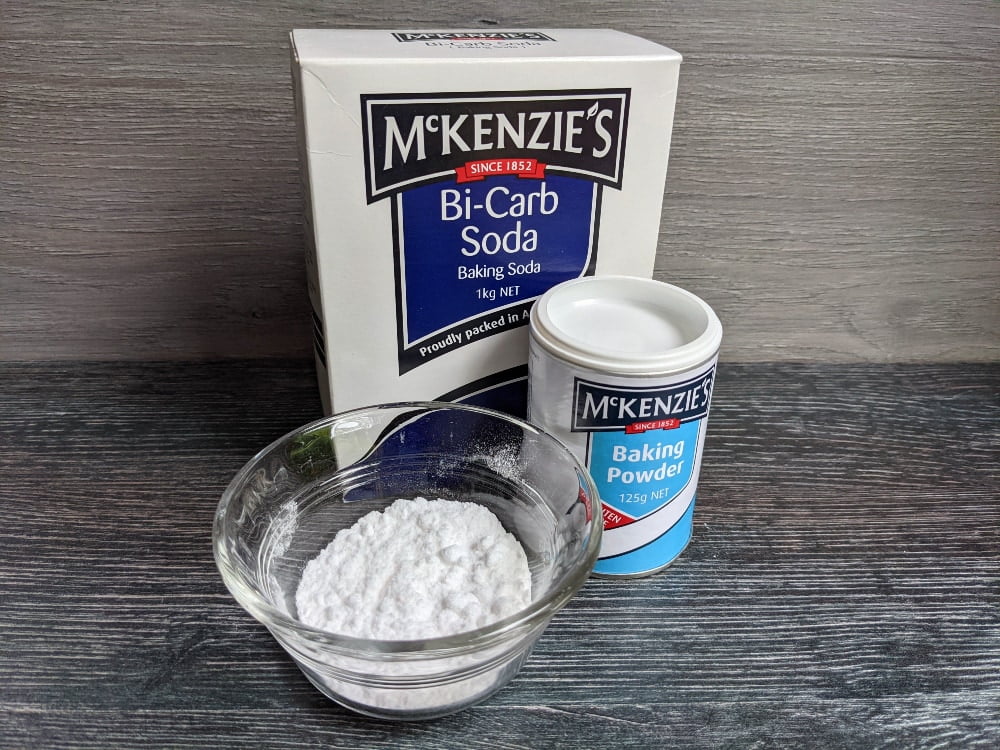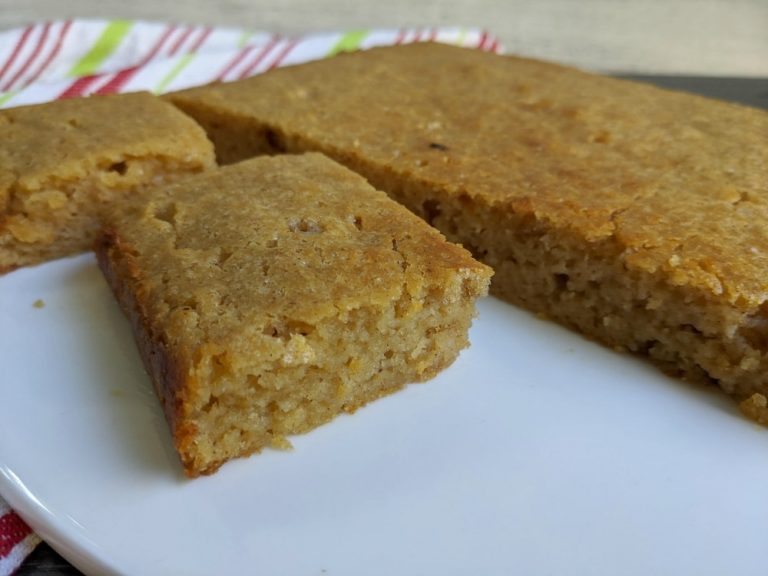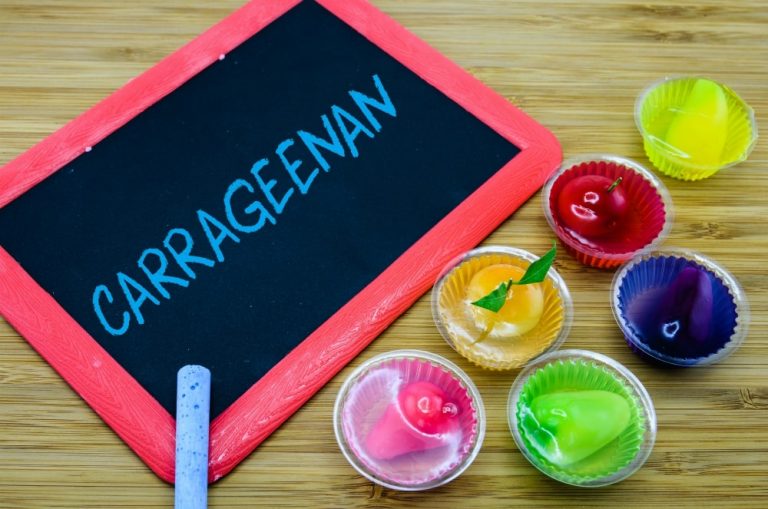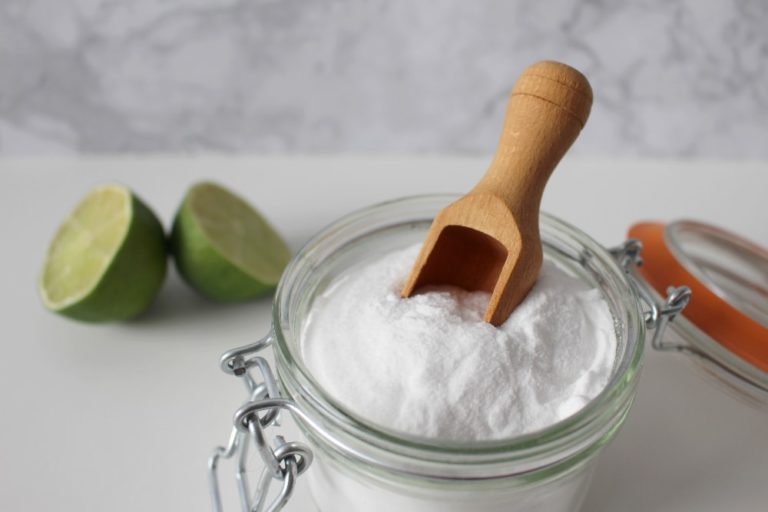Baking Powder Vs Baking Soda – What’s The Difference?
Do you know the difference between baking powder and baking soda? Most people know that these two ingredients are used to make cakes, cookies, muffins, and tarts rise when baked. Although they are very similar in appearance, they do not perform the same functions, so they should not be interchanged in a recipe.
In the following paragraphs, you will find the main differences between these two baking ingredients. It is essential to know its behavior because our recipes’ final result can change in appearance, taste, and color if we use the wrong element.
So get ready, because to understand these ingredients, we will have to remember some chemistry.
Baking Powder

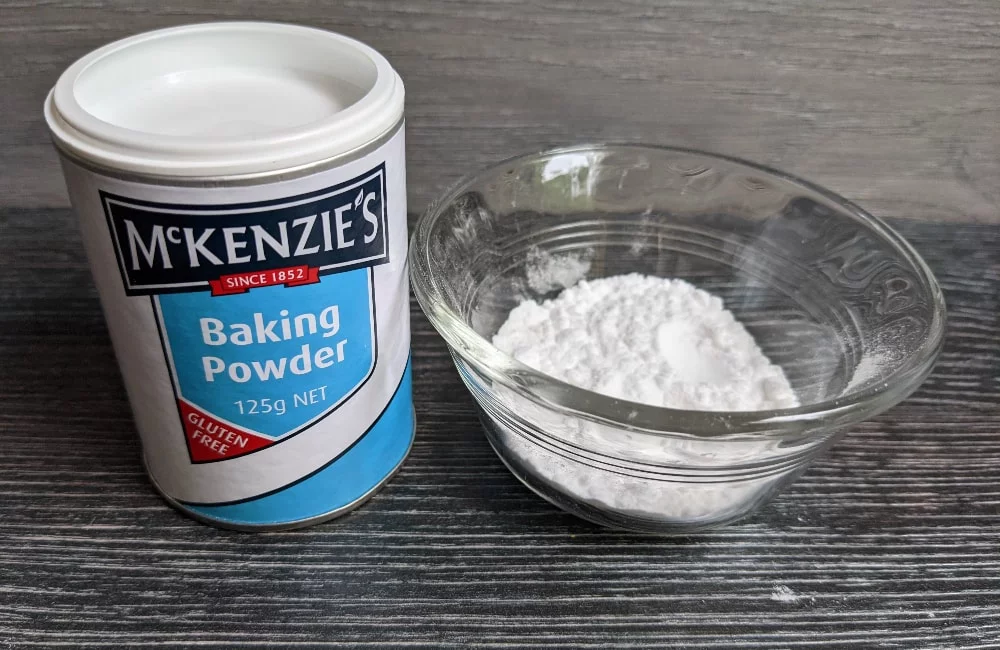
Baking powder is considered a chemical yeast. It allows us to get that spongy texture to a dough. This is because it releases carbon dioxide (in the form of bubbles), just like biological ones (like fresh yeast and powder). It comprises a mixture of tartaric acid (or cream of tartar) and sodium bicarbonate, plus some inactive compounds such as starch or flour.
You can even make your own baking powder at home by combining 2 parts cream of tartar with 1 part sodium bicarbonate/bicarb soda/baking soda.
Use baking powder when the recipe doesn’t call for an acidic ingredient, like in salted biscuits.
Baking Soda or Sodium Bicarbonate

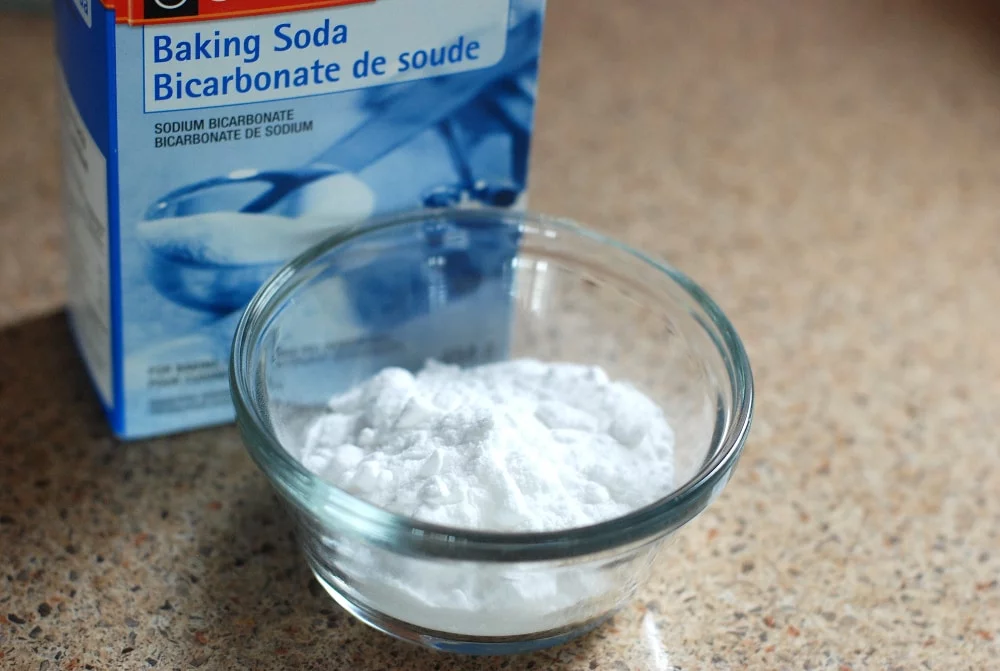
Baking soda, because it is a base, has a high pH. It is an alkaline compound used in powder form to soften the cooking water of legumes and vegetables, allowing them to retain their intense green color.
It is also a leavening agent (it refers to the fact that it incorporates carbon dioxide into the products that will be baked), just like chemical yeasts. It is also the basis for the manufacture of antacids for the stomach.
Baking Soda is also known commonly by a few other names such as sodium bicarbonate, bicarbonate of soda and bicarb soda.
You can use baking soda in a recipe (rather than baking powder) when there is an acid included in the recipe such as vinegar, yogurt, or even cocoa powder.
Are Baking Powder And Baking Soda The Same Thing? No!

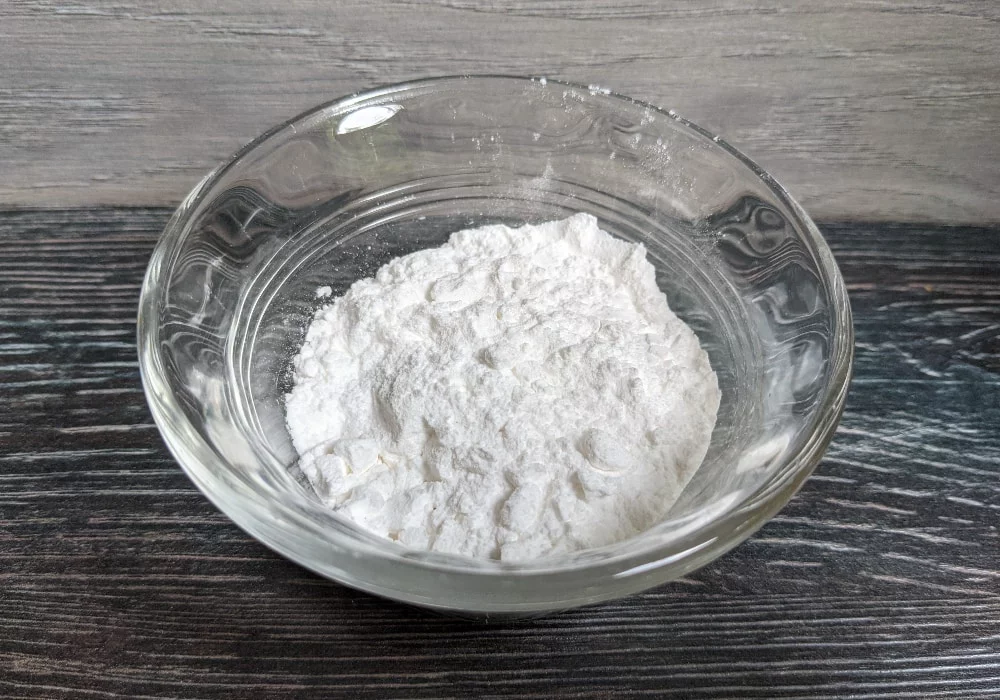
First of all, it is important to understand that they are both chemical leavening agents that generate gas, which create air bubbles. These air bubbles help dough to grow and become fluffy (that texture that many of us look for in our cakes and other baked goods).
Baking powder is the result of mixing baking soda with a powdered acid ingredient – most commonly cream of tartar or tartaric acid. Baking powder needs both liquid and heat to activate, so it gives us a little more time before putting it in the oven compared to baking soda as the rising action won’t start taking effect until the heat of the oven or cooking process. If used in excess, this ingredient can leave a sour taste in your dough.
Many baking powders you can buy today actually contain the “double yeast” effect, which means that they combine two chemical reactions that occur in succession. The first is an air-building reaction when dry and wet ingredients are mixed together, and the other appears when the mixture is heated.
For its part, Baking Soda is much more powerful than baking powder and is activated when it is accompanied by liquid and an acid. This acid can be buttermilk, vinegar, fruit juice, or chocolate, among others.
The bicarbonate effect begins once it comes into contact with the acid and the preparation liquid, so it must be immediately placed in the oven to avoid losing fluffiness. This ingredient also affects the flavor of the dough since it neutralizes the acidity a bit.
If the baking soda is not neutralized by an acid, it will increase the cake’s brown or golden color. That’s why many times in a recipe, the two ingredients are listed: baking soda for browning and baking powder for rising. The golden effect is also essential in the flavor; it leaves caramelized notes that help perceive flavors.

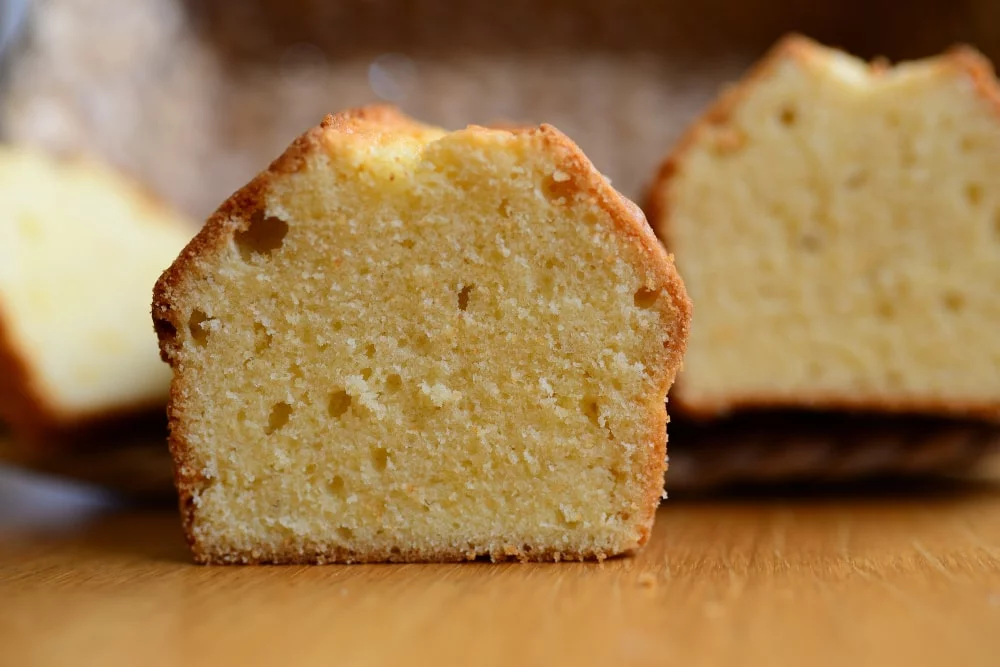
Now that you know the science behind these two ingredients, the next time you want to make a cake, some cookies, or some muffins, be careful when substituting these products. Before preparing a recipe, I recommend that you always check which of the two ingredients it contains; if it only contains baking soda, make sure that it also includes a type of acid to start the acid-base reaction.
On the other hand, if a recipe only calls for baking powder, the acidity doesn’t matter so much as the acid is already present in the powder (from the cream of tartar).
Therefore, it is not recommended to substitute baking soda for baking powder (or vice versa) because it can change your recipes’ flavor or stop working correctly. But, depending on what you are cooking, you might get away with it!
If the recipe calls for baking powder but you’ve only got baking soda, add some cream of tartar to your baking soda and you’ve made your own baking powder!

